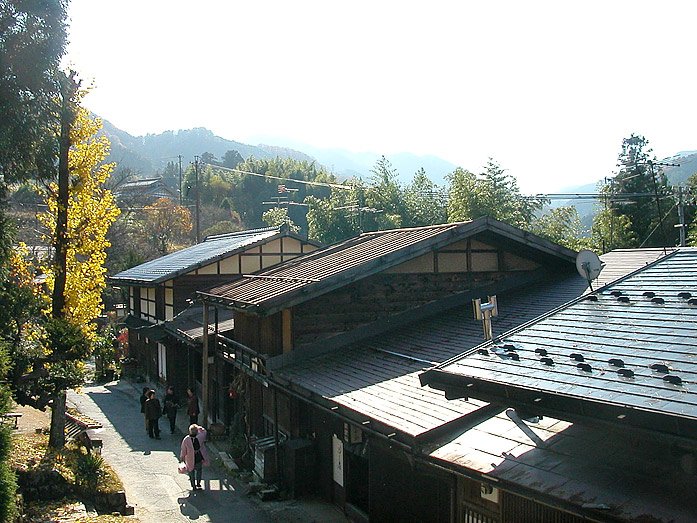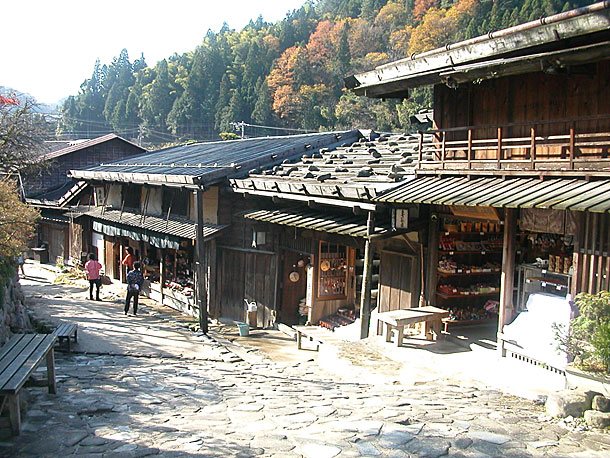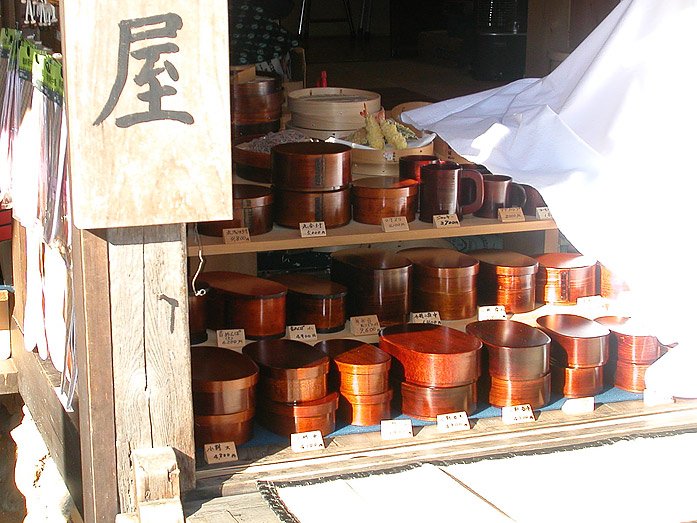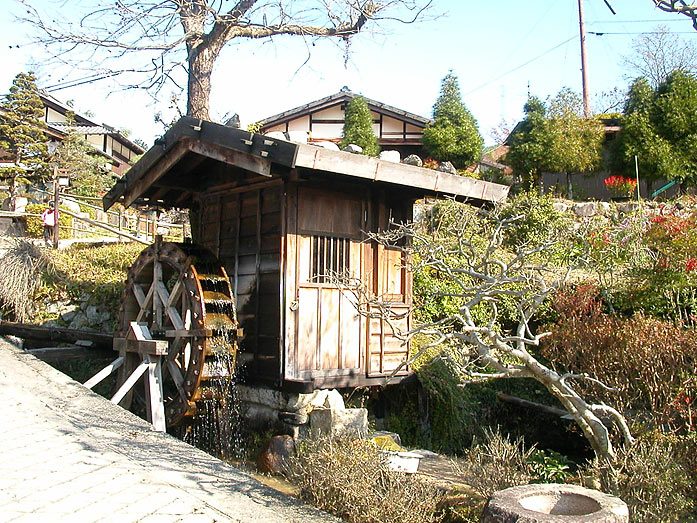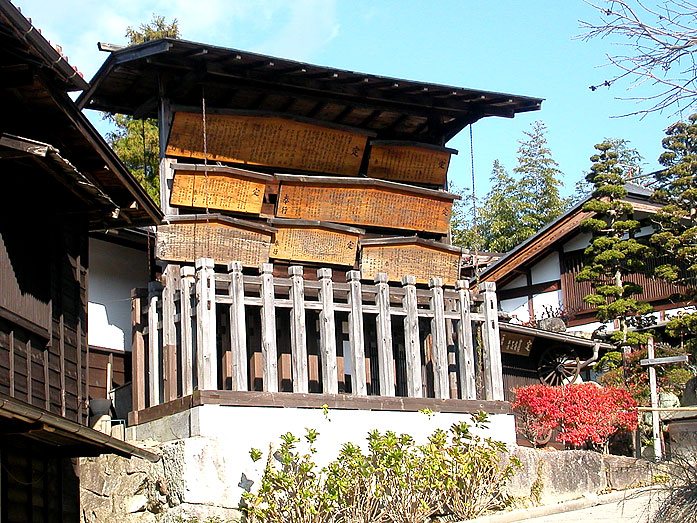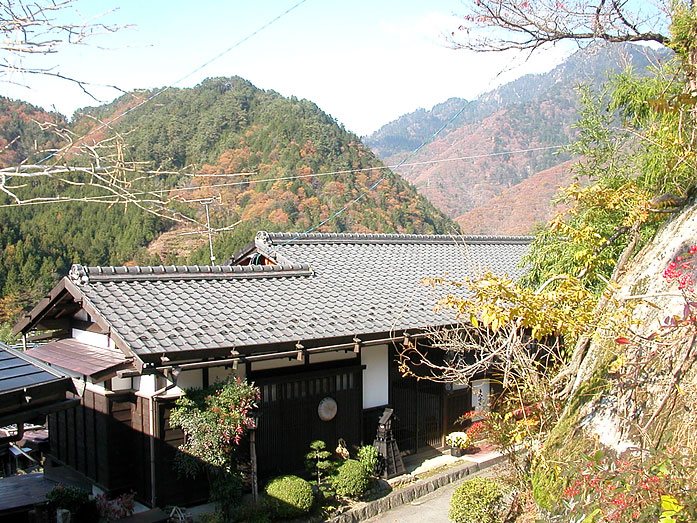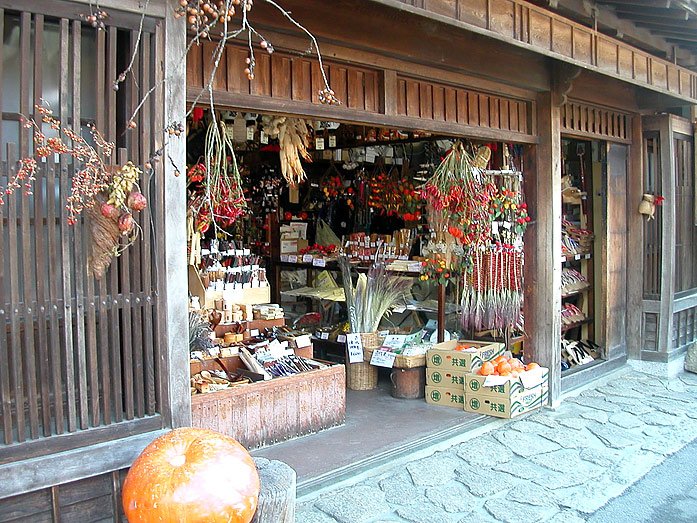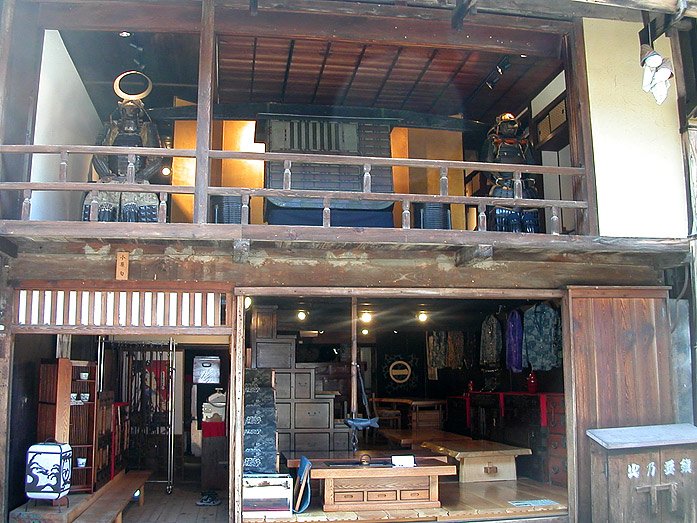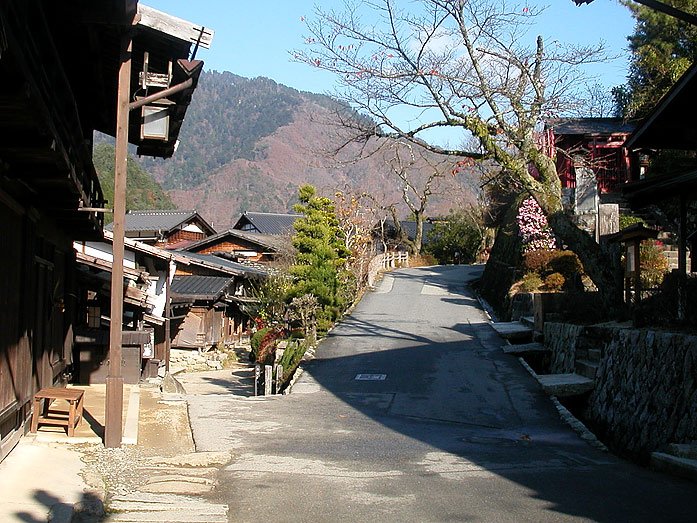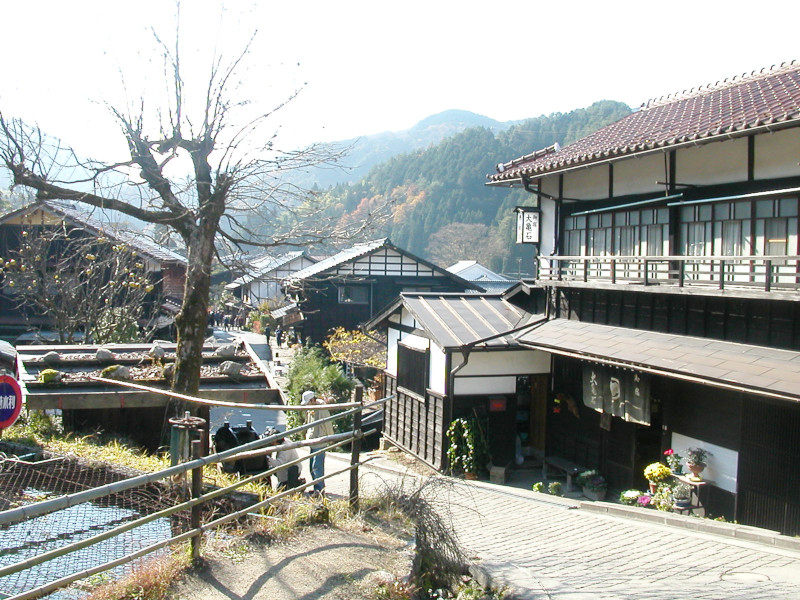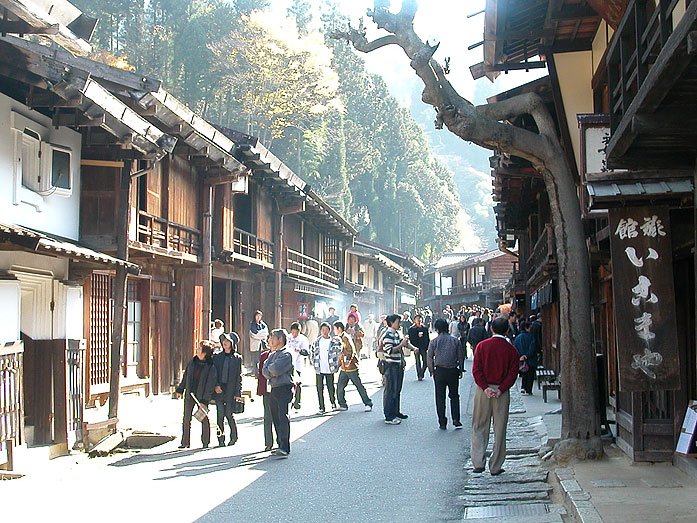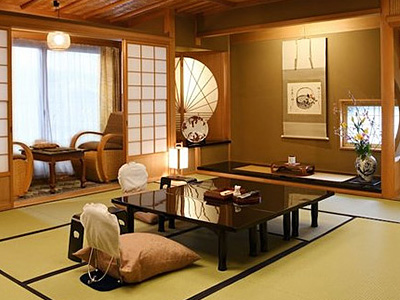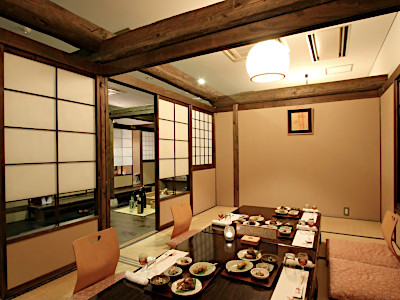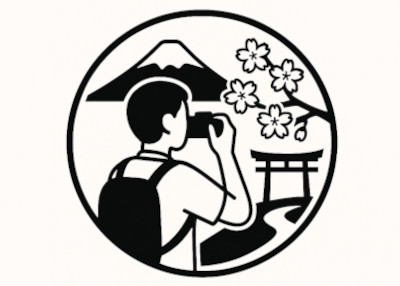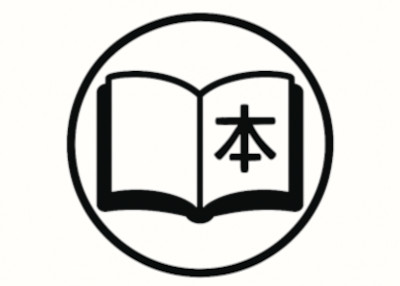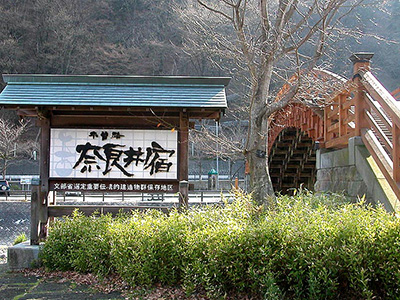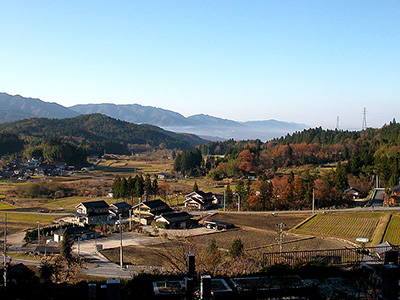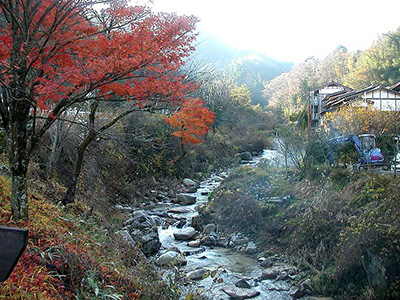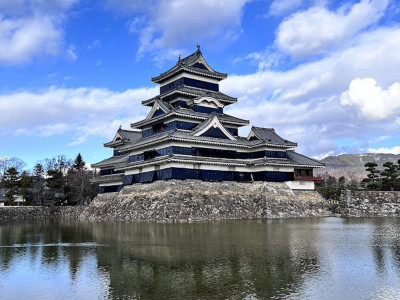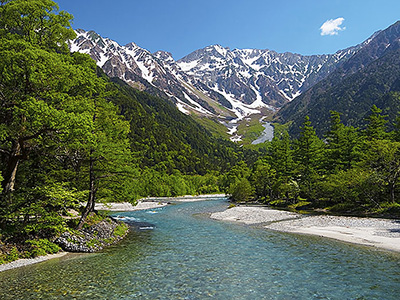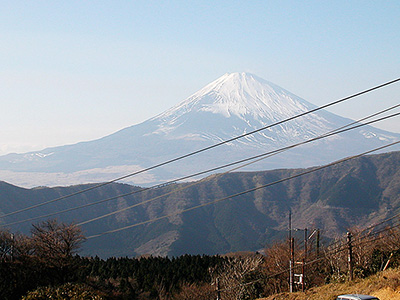Tsumago (Tsumago-juku) in Kiso Valley
This post can contain affiliate links, which means that we may receive a small commission if you make a purchase using these links.
Facts & Figures
Tsumago (Tsumago-juku) is like Narai and Magome an old post town along the Nakasendo Route (literally - Central Mountain Route). It is a very popular tourist destination and is also known as the best-preserved post town from the Edo period (1603 - 1867) in Japan. For example, the power lines, TV antennas, and telephone poles you usually see in cities all over the country are hidden in the ground. When you walk through the streets of Tsumago, you feel like being back in the Edo period 300 years ago. The main road through Tsumago is closed to cars during the day, which makes the atmosphere even better. Most of the buildings are still used by regular citizens. My tip: A three-hour hiking tour from Tsumago to Magome is my must-do recommendation for your Japan trip. The best time to come here is spring (March to May) and autumn (September to November). I would avoid the summer heat, which makes hiking a bit challenging. Btw a baggage shuttle service between Tsumago and Magome can be booked.
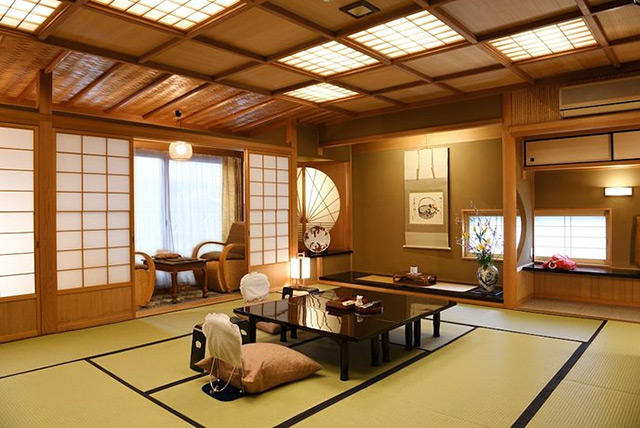 Experience the Ultimate Japanese Hospitality at a Tsumago Ryokan or Hotel.
Experience the Ultimate Japanese Hospitality at a Tsumago Ryokan or Hotel.
Find Your Perfect Ryokan and Hotel Now >
- Tsumago Honjin (museum and former main inn):
- Opening Hours - 9:00 am to 5:00 pm
- Closed - 29th Dec - 1st Jan
- Admission Fee - 300 yen (Adults), combo ticket incl. Waki-Honjin for 700 yen (Adults)
- Waki-Honjin (museum and former secondary inn):
- Opening Hours - 9:00 am to 5:00 pm
- Closed - 29th Dec - 1st Jan
- Admission Fee - 600 yen (Adults), combo ticket incl. Honjin for 700 yen (Adults)
History
Tsumago was the 42nd station out of 69 stations along the ancient Nakasendo Route (534 km). This inland route connected Kyoto with Edo (Tokyo city) when the Tokugawa shoguns ruled Japan during the Edo period (1603 - 1867). Thousands of travelers including samurais, daimyo (feudal lords), merchants, monks, and pilgrims had stopovers at this bustling place every year. The alternative route along the coast was called Tokaido (488 km). Everything changed with the development of railways at the end of the 19th century. From that moment on the Nakasendo Route was no longer needed. Locals decided in 1968 to restore some of the old houses to their former glory. The project was successful and in 1971 twenty Edo-period buildings were fully renovated. In 1976 the Japanese government declared this town as a nationally-designated architectural preservation site. It was the first one for Japan. The preservation area covers a size of 12,45 square km.
Location

Tsumago belongs to the town of Nagiso and is located within the Nagano Prefecture in the Kiso Valley.
Address of Tsumago Tourist Information Center: 2159-2 Azuma, Nagiso, Kiso-gun, Nagano 399-5302, Japan
How to get to Tsumago?
- 2,5hrs from Tokyo Shinjuku Station to Shiojiri Station by JR Azusa Line and
- 1hr from Shiojiri Station to Nagiso Station by JR Chuo Line (Limited Express) and
- 9min from Nagiso Station to Tsumago by local bus or
- 1hr from Nagoya to Nagiso Station by JR Chuo Line (Limited Express) and
- 9min from Nagiso Station to Tsumago by local bus
Sightseeing spots in and around Tsumago
Top:
Rekishi Shiryokan - It is a local history museum about the Kiso Valley and the Nakasendo Route. Everything is explained in English.
Main Street - Enjoy the beautiful wooden buildings, craft shops, restaurants, and inns.
Tsumago Honjin - A former main inn where in the old times the daimyo (the powerful territorial lord) spent the night. The building is function now as a museum. Enjoy the exhibition inside.
Waki-Honjin - This former rest stop or secondary inn for helpers of the daimyo was reconstructed in 1877. It serves now as a museum and shows artifacts of the history of Tsumago.
Kotokuji Temple - A Buddhist temple dating back to 1500. A special feature of this place is a tatami floor which squeaks (uguisu-bari) when you walk on it. No chance for intruders in the past.
Kabuto Kannon Shrine - The shrine dates back to 1180 and was dedicated to General Minamoto no Yoshinaka (1154 - 1184).
Kamisagaya - One of the oldest preserved wooden buildings in town.
Kosatsuba (Old Bulletin Board) - The shogunate used this board in the past to make their announcements.
Tsumago Castle Grounds - The location of the ruins offer amazing views over Tsumago and the nearby mountains.
Atera Gorge - A beautiful gorge and the best place for a swim on a hot summer day.
Festival & Events (dates can change without notice)
July
Wachino Shrine Festival (23rd till 24th)
A portable shrine will be carried by local people through the town.
August
Fire Festival (fourth Saturday)
The festival is held near the ruins of Tsumago Castle. Enjoy the Kiso dance performances.
November
Bunka Bunsei Fuzoku Emaki Gyoretsu Parade (23rd)
Local people wearing costumes from the late Edo period (Bunka-Bunsei 19th century) during this big parade.

